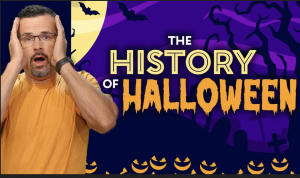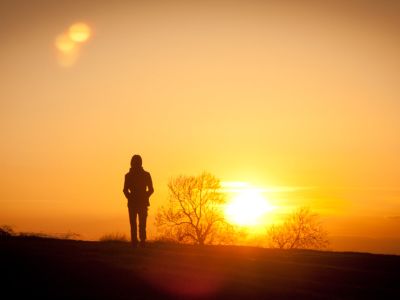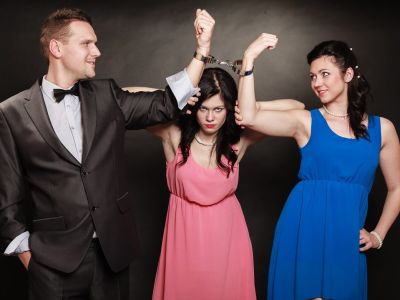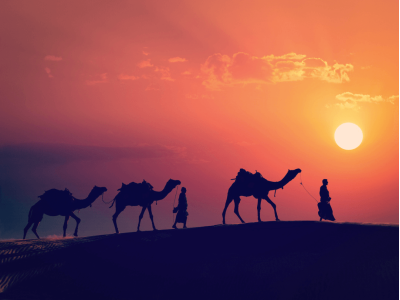History of Halloween
History of Halloween
The Night of Shadows:
The Story Behind Halloween
Long before children dressed as superheroes and ghosts roamed suburban streets for candy, there was another kind of night — one filled with firelight, fear, and faith. It was called Samhain, and it marked the moment when the Celts believed the veil between the living and the dead grew thin.
The Fires of Samhain
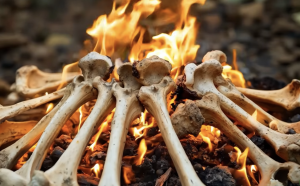 It began on windswept hills in ancient Ireland and Britain. The harvest was gathered, the days grew short, and bonfires — bone fires, in fact — were lit to keep the darkness at bay. The Celts believed that on this night, the spirits of the dead returned to their homes, mingling with mortals. Ghosts, fairies, witches, and demons wandered freely, and people wore animal skins and masks, hoping to trick the spirits into passing them by.
It began on windswept hills in ancient Ireland and Britain. The harvest was gathered, the days grew short, and bonfires — bone fires, in fact — were lit to keep the darkness at bay. The Celts believed that on this night, the spirits of the dead returned to their homes, mingling with mortals. Ghosts, fairies, witches, and demons wandered freely, and people wore animal skins and masks, hoping to trick the spirits into passing them by.
Samhain wasn’t a simple celebration. It was a night heavy with superstition and sacrifice. The Celts saw it as a time of power, danger, and mystery — a night when their gods played tricks on mankind, and rituals were performed to survive the coming winter.
No one could have known that this dark festival, born in the age of druids and fire, would echo across millennia — reshaped, renamed, but never quite forgotten.
Rome Arrives — and the gods Multiply
Centuries later, the Roman Empire swept across Celtic lands. With the soldiers came new gods and new festivals. Samhain merged with Roman observances for the dead — Feralia, a day to honor departed souls, and Pomona, the feast of a goddess whose symbol was the apple. The blending of Samhain’s spirits and Pomona’s fruit planted seeds that would later become familiar — even innocent-seeming — traditions like bobbing for apples.
The Church and the Whitewashed Feast
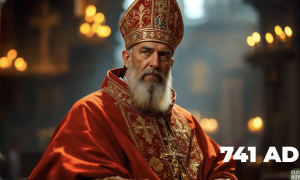 As the centuries turned, another empire rose — the spiritual empire of the Church. With Rome’s power now under papal rule, the old pagan feasts proved stubborn. People still lit fires and spoke to the dead. So the Church tried a new approach: transform the festival rather than erase it.
As the centuries turned, another empire rose — the spiritual empire of the Church. With Rome’s power now under papal rule, the old pagan feasts proved stubborn. People still lit fires and spoke to the dead. So the Church tried a new approach: transform the festival rather than erase it.
Pope Boniface IV dedicated the Pantheon in Rome to all Christian martyrs and called it All Saints’ Day — a single day to remember the holy dead. Later, Pope Gregory III moved the date to November 1st, placing it squarely over Samhain. The night before became known as All Hallows’ Eve.
It was a clever strategy — and a dangerous one. Pagan rituals were painted over with holy symbols. The same bonfires now burned “for the saints.” Masks and costumes became part of religious pageantry. Yet beneath the new name, the old customs endured. In time, All Hallows’ Eve became Halloween — the same night, dressed in different clothes.
Crossing the Ocean
Centuries later, tragedy struck Ireland. The potato famine of 1846 sent waves of immigrants to the shores of America. With them came their beliefs, their stories, and their Samhain-born customs.
In the New World, pumpkins replaced turnips as the jack-o’-lantern, and Irish “souling” — going door to door for offerings to the dead — became trick-or-treating. The American spirit of enterprise saw opportunity, and soon Halloween became a booming business. Today, Americans spend billions every year on candy, costumes, and decorations, often without a thought to where it all began.
And that’s the danger: forgetting doesn’t erase meaning.
The Night of the Dead — and the Living Word
Throughout history, cultures everywhere — Aztec, Japanese, Brazilian, Filipino, and more — have celebrated Days of the Dead. This isn’t coincidence but design: one ancient deception that spans nations and languages, teaching humanity to honor the dead rather than the living God.
Scripture, warns against it — against calling upon the dead, against rituals of necromancy, against blending the holy with the profane. Halloween, is one more mask — a smiling face over a spiritual counterfeit.
The Question Beneath the Mask
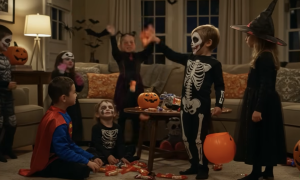 Can Halloween be redeemed? Many Christians say yes — that the day can be “taken back” for good. But God never asked to be worshiped with borrowed rituals. “You shall not worship the Lord your God in that way,” the ancient command warns. For God gave His own feasts — Passover, Tabernacles, Trumpets — celebrations of life, not death.
Can Halloween be redeemed? Many Christians say yes — that the day can be “taken back” for good. But God never asked to be worshiped with borrowed rituals. “You shall not worship the Lord your God in that way,” the ancient command warns. For God gave His own feasts — Passover, Tabernacles, Trumpets — celebrations of life, not death.
The problem isn’t just evil; it’s the mixture of good and evil. “Compromise, is how darkness hides in light.”
The Choice at the Door
And so, every October 31st, the story begins again. Children laugh. Pumpkins glow. Candles flicker behind painted smiles. But behind the laughter lies an ancient rhythm — one that began with fire on a Celtic hill.
So….ask yourself a question that has echoed through time:
“Whom will you serve?
As for me and my house,
we will serve the Lord.”
Watch the full teaching here:
https://youtu.be/pansIpWFDMI


